Federal health minister Greg Hunt has urged the Victorian government to advance its contact tracing systems so restriction can be eased more rapidly.
Hunt questioned the feasibility of having thresholds in the roadmap, and raised concerns over the impact a gradual easing of restrictions will have on the mental health of Victorians and businesses in the state.
Victorian Premier Dan Andrews revealed a four-step roadmap to easing restrictions on Sept. 6 that is based around a series of targeted minimum COVID-19 case thresholds and limits on active unknown cases. The plan aims to have COVIDnormal reached by the end of the year as long as the targets are met.
“The measures put in place by the Victorian government are unimaginable restraints,” said Hunt.
“The Wuhan lockdown was two and a half months, the Melbourne lockdown will be three and a half months,” he said.
Instead of following the CCP’s Wuhan model of strict lockdowns, Hunt insists the Andrews government should adopt a method of adequate contact tracing in line with what New South Wales currently has in place.
Hunt did acknowledge that the Victorian government had made fantastic progress so far though citing how, with assistance from the Australian Defence Forces, the state has integrated automated contact tracing systems and improved tracing efficiency.
“There is still a lot to do to catch the entire strength of the public health response,” Hunt admitted, like ensuring “every case is contacted, every day” and providing the public with information about virus hotspots.
“They are the elements that would allow Victoria to lift its speed limits, to free Victorians from (lockdown).”
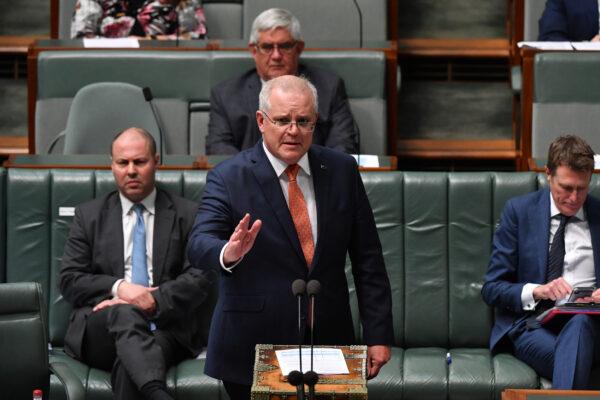
“Sydney would be under curfew now. Sydney doesn’t need to be under curfew now. They have a tracing capability that can deal with outbreaks,” Morrison said reiterating that Victoria needs to reach the advanced contact tracing standard of NSW.
“That is the standard. And if we can assist any state approach that and achieve that New South Wales standard, then I think many of the restrictions that we’re seeing around the country wouldn’t be necessary,” he said.
Morrison also noted that he hoped the roadmap to easing restrictions would be a worst-case scenario.
“There would be 15 minutes of happiness, and then we'd be back in lockdown and arguably facing an even worse situation than we face now.”
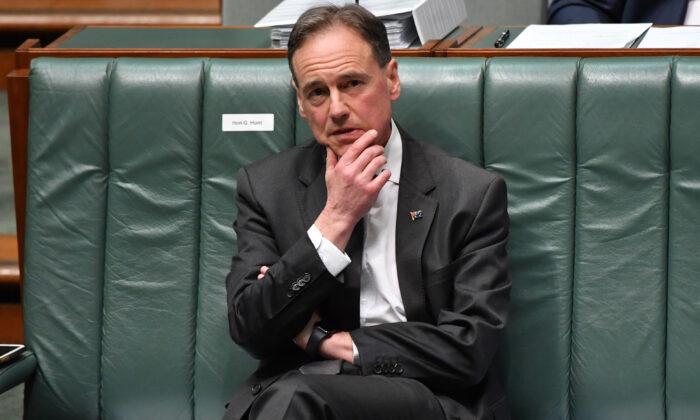

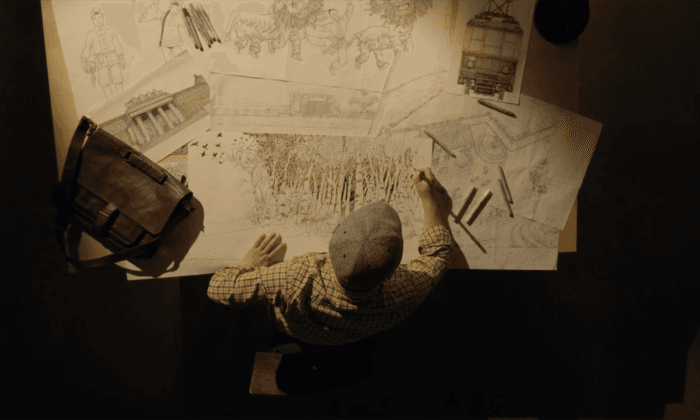
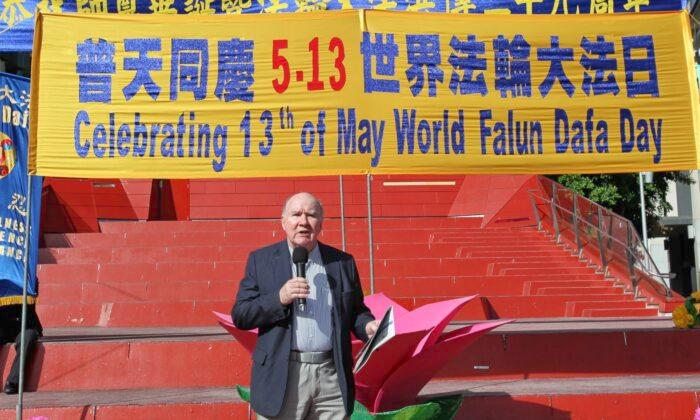
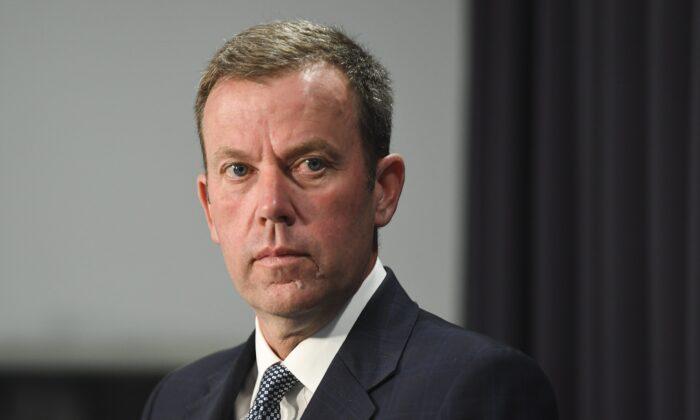
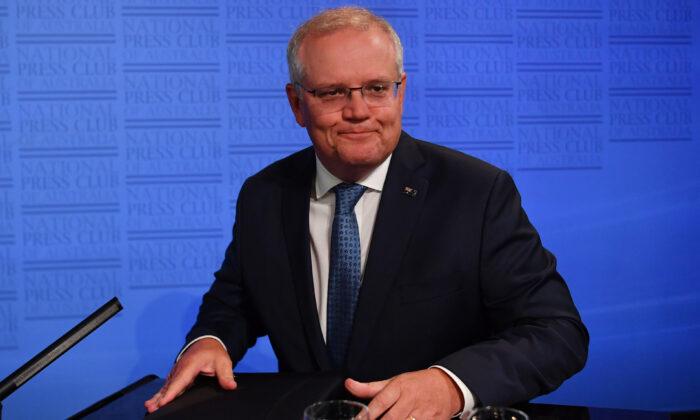
Friends Read Free